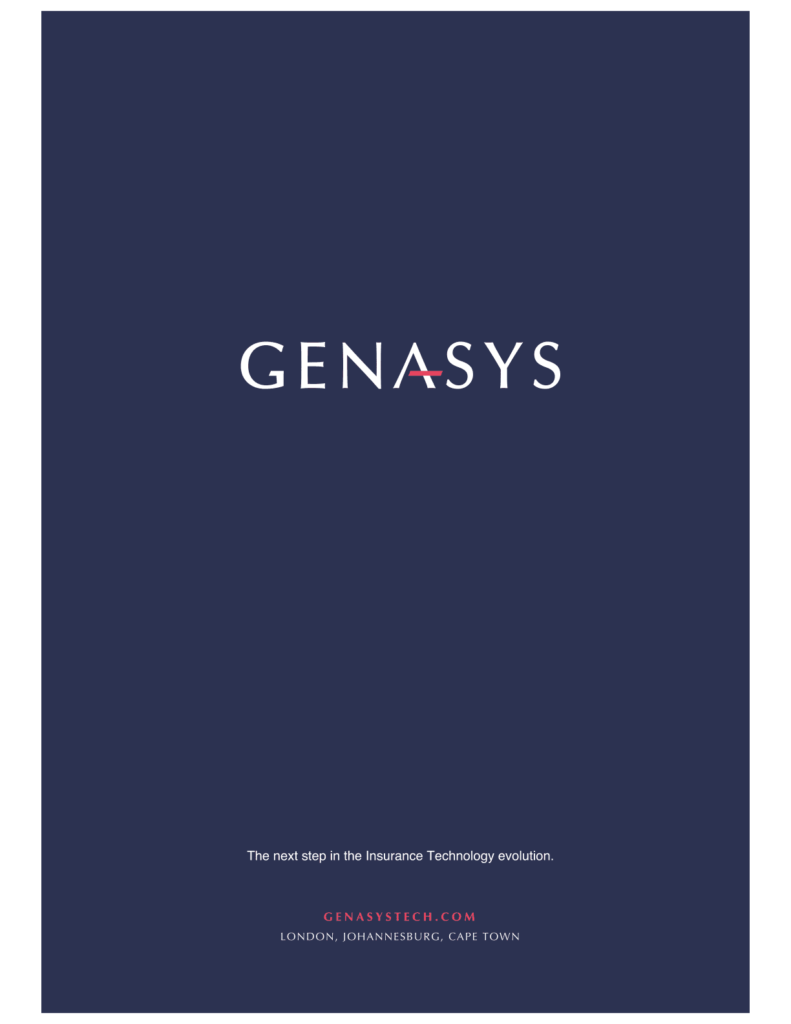Paul Dangerfield, Operations Manager, Hollard Trucking

Trucking is by its very nature a high-risk class of insurance: new truck and trailer combinations can cost millions, and drivers are vital human resources who routinely face the threats of accidents, poor roads, bad weather and crime.
The past 18 months have been unprecedented for the trucking sector. The COVID-19 pandemic and lockdown, the arson attacks on truckers that have gained momentum since 2018, and the devastating July 2021 riots have made the times remarkable for all the wrong reasons. That said, the risk landscape hasn’t fundamentally changed for the sector: the risks remain largely the same. But what has changed is the impact on insurers.
During the months of hard lockdown we gave substantial premium reductions to our customers, and we naturally also experienced a lower claims frequency period. So while our customers’ fleets operated at lower capacity or parked off, we paid out less in claims – but we also earned less premium income with no reduction in normal operating expenses.
“The most alarming claim issue is the increase in the average cost per claim, year-on-year, at nearly 20%. These costs are driven upwards by primarily the exchange rate, and the popularity of the European premium brand trucks.”
From July 2020 onwards, as economic activity picked up again, claims incidences have continued to increase, driven by factors including an alarming increase in crime against truckers and transporters working at maximum capacity to make up for lost income.
Hijacking and theft following of just about any type of commodity being transported has increased by 30% year on year. These are orchestrated by ever-evolving, ever more sophisticated crime syndicates. Opportunistic crime, such as theft of tyres, batteries, accessories and cables, has also increased substantially. Accident frequency has increased and a greater number of losses do not involve third-party vehicles, indicating a high probability of both driver fatigue and driver distraction by cell phone.
But arguably the most alarming claim issue is the increase in the average cost per claim, year-on-year, at nearly 20%. These costs are driven upwards by primarily the exchange rate, and the popularity of the European premium brand trucks. This places additional strain on trucking insurers’
fortunes, which have been under pressure for the past decade. That said, there has been a silver lining following the ongoing arson attacks for us and our customers, with regard to the recent unrest.
Working closely with SASRIA and perfecting the process of assisting in the submission of these claims, has afforded us claims a mandate from SASRIA; as of 9 September, Hollard Trucking’s SASRIA settlements equated to 20% of the R2.8- billion in settlements across all classes. This ability to assist our clients in getting their trucks back on the roads extremely quickly is vital, and the positive economic impact of this claims handling ability will certainly be felt by many of our customers in the very near future. At Hollard Trucking, we’ve long since grasped that the best way to manage our customers’ risk is through partnership. We launched a Risk Services Division in 2013, and have incorporated a 24/7 monitoring bureau and a consulted reporting function ever since.
Significant strides were made when underwriting using telematics data was implemented. Following this, we launched a driver rewards card programme, where tagged drivers are paid money into a Highway Heroes-branded Mastercard every two weeks for excellent driving. Rewarding good behaviour is one of the most effective ways of mitigating losses.
“The final variable in the risk management equation is fleet owners’ most critical assets: their drivers. We feel that with the high number of truck drivers who die and are injured on our roads, providing driver death, hospitalisation, and loss-of-income covers is very important.”
The driving risk parameters have not changed, and we set reasonable targets for speed and rest breaks after a certain number of driving hours. When both of those are managed properly, there is less harsh braking, less tailgating, fewer accidents and vastly improved vehicle utilisation.
Economical driving naturally also equates to less fuel spend, longer-lasting tyres, lower vehicle maintenance costs and sustainable insurance premiums. Brokers, too, play a crucial role in doing a thorough needs analysis and then supplying customers with the most comprehensive and market-leading insurance options available.
There are numerous critical cover limits that brokers must ensure their clients have, most notably third-party liability, static fire risk accumulation limit, sufficient accident and non-accident towing limits, sufficient wreckage removal limits, sufficient pollution liability and clean-up limits, and a sufficient load limit for goods-in-transit cover.
The final variable in the risk management equation is fleet owners’ most critical assets: their drivers. We feel that with the high number of truck drivers who die and are injured on our roads, providing driver death, hospitalisation and loss-of income covers is very important.
It is imperative that brokers partner with insurers and customers in risk management, and understand fleet management technology and how best to use it for sustainable insurance premiums, driver management, driver training and various initiatives for rewarding excellent driver behaviour.


